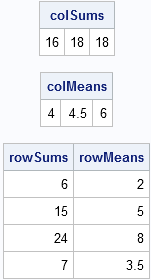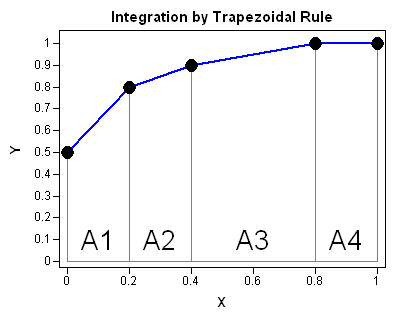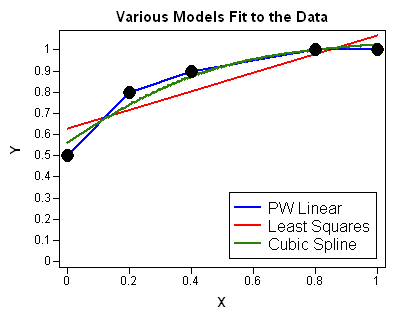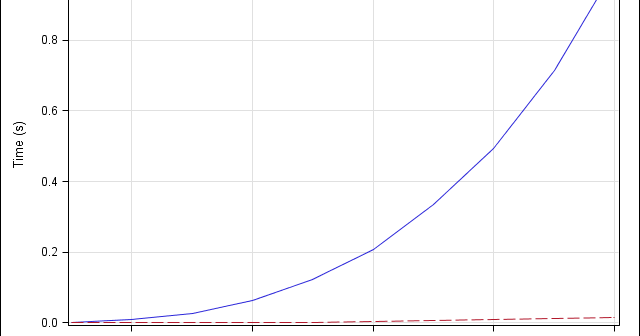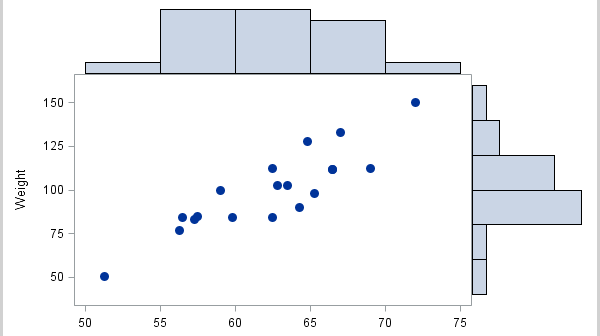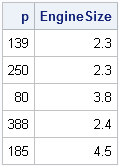
Over at the SAS/IML Discussion Forum, there have been several posts about how to call a Base SAS functions from SAS/IML when the Base SAS function supports a variable number of arguments. It is easy to call a Base SAS function from SAS/IML software when the syntax for the function

